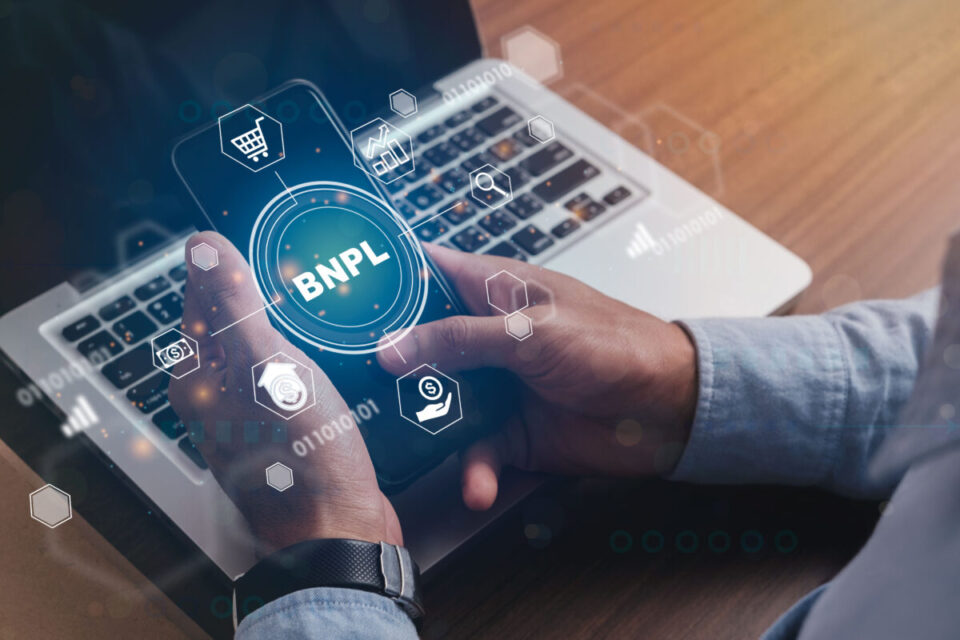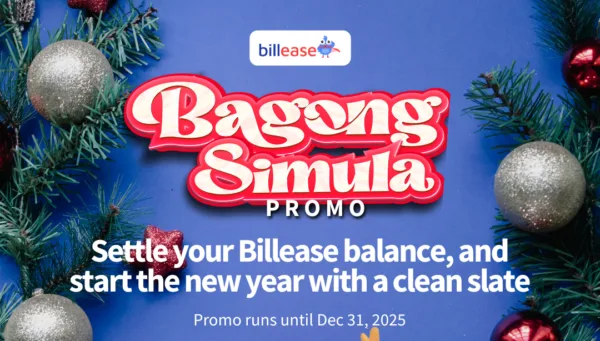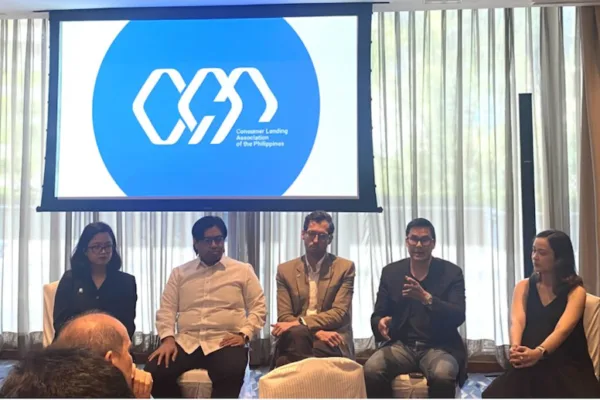by Alexis Tuble, Correspondent
The Buy Now, Pay Later (BNPL) market in the Philippines is accelerating as more consumers turn to flexible, short-term credit solutions for both online and in-store purchases.

A report from Research and Markets projects that BNPL payments in the Philippines will grow by 14.6% in 2025, reaching ₱187.4 billion (US$3.21 billion) — up from about ₱163.3 billion (US$2.80 billion) in 2024. From 2025 to 2030, analysts forecast a compound annual growth rate (CAGR) of 10.8%, potentially hitting ₱312.9 billion (US$5.37 billion) by the end of the decade.
BNPL services allow shoppers to split purchases into several interest-free or low-interest installments. This model has quickly gained popularity in the Philippines, where cost-conscious buyers are drawn to the idea of spreading payments without incurring high credit card fees.
Leading e-commerce platforms like Lazada and Shopee, along with fintech providers such as BillEase and Plentina, have integrated BNPL directly into their checkout systems, making it easier for customers to opt in at the point of purchase.
Why BNPL is booming in the Philippines
Industry experts point to several factors behind BNPL’s rise: the rapid expansion of e-commerce, the wider adoption of digital banking, and changing consumer behavior, particularly among younger demographics. A 2025 survey by the Bangko Sentral ng Pilipinas (BSP) revealed that Gen Z and millennial shoppers are more likely to use BNPL for discretionary spending such as electronics, fashion, and travel.

Merchants are also reaping the rewards.
Lazada Philippines reported that offering installment options increased average order values by more than 30%, while improving checkout completion rates. This aligns with global BNPL trends, where retailers often see higher sales conversion rates after integrating installment payment options.
Risks and regulatory oversight
Despite its benefits, BNPL is not without risks. The BSP has raised concerns about overleveraging, warning that while many BNPL plans are interest-free, missed payments can lead to significant penalties. In addition, using multiple BNPL services across different platforms could create hidden debt that consumers may struggle to repay.

To address these issues, the BSP is considering implementing clearer disclosure requirements and responsible lending guidelines for BNPL providers.
Beyond retail: BNPL diversifies
Analysts believe the Philippine BNPL market will soon expand beyond retail purchases. Fintech firms are already testing installment options for education, healthcare services, and travel bookings. This diversification could make BNPL a more integral part of the financial ecosystem, offering payment flexibility for higher-value and essential services.
The high smartphone penetration in the Philippines — over 76 million active mobile internet users as of 2025 —provides fertile ground for BNPL adoption. Combined with the government’s push for greater financial inclusion, these factors create a strong growth environment for digital credit solutions.
The competitive landscape

Competition in the Philippine BNPL market is heating up as both local and foreign players race for dominance. Homegrown providers like BillEase are enhancing their mobile platforms with smoother user interfaces, faster approvals, and tailored repayment options.
At the same time, regional fintech companies are entering the country, bringing fresh capital, aggressive marketing, and new product features. Digital banks such as Maya and Tonik are also joining the fray, testing BNPL-style credit lines within their apps—further blurring the boundaries between traditional banking, consumer lending, and embedded finance.
BNPL in the Philippines: What’s next
With strong consumer demand, merchant benefits, and a rapidly digitalizing economy, BNPL is poised to remain a fast-growing segment of the Philippine fintech sector. However, sustainable growth will depend on how well providers manage credit risks and how regulators balance innovation with consumer protection.
As the country moves toward a more cashless and inclusive financial system, BNPL could play a pivotal role — offering flexibility, boosting spending power, and shaping how Filipinos shop and manage their budgets in the years ahead.








